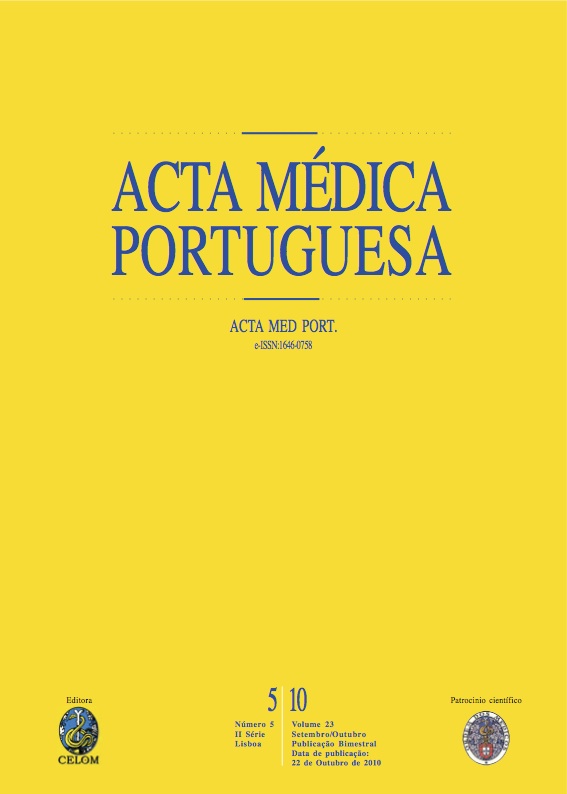Cerebellar hypoplasias.
DOI:
https://doi.org/10.20344/amp.717Abstract
Cerebellar hypoplasias are cerebellar malformations with small but completely formed cerebellum. They can be divided in focal and in diffuse or generalized. It is sometimes difficult to make distinction between cerebellar atrophy (progressive condition) and hipoplasia (not progressive condition). Focal hypoplasias are restricted to one cerebellar hemisphere or to the vermis. Diffuse hypoplasias refer to both cerebellar hemispheres and vermis. If there is associated IVth ventricle enlargement, hypoplasias occur in the context of Dandy-Walker complex, a continuum of posterior fossa cystic anomalies. A revision of cerebellar hypoplasias and associated pathology is done, illustrated with 22 cases tha include focal and diffuse cerebellar hypoplasias, Dandy-Walker malformations and its variant, persistent Blake's pouch cyst, megacisterna magna, PEHO síndrome (progressive encephalopathy with oedema, hipsarrhythmia and optic atrophy), Joubert syndrome, congenital disorder of glycosylation type Ia, pontocerebellar hipoplasias Barth type I and II, diffuse subcortical heterotopia. The imaging finding of structural cerebellar anomalies frequently leads to diagnostic incertainty as the anomalies are mostly unspecific, implying an extenuating analytical and genetic workup. Their knowledge and classification may be useful to decide the patient adjusted laboratorial workup.Downloads
Downloads
How to Cite
Issue
Section
License
All the articles published in the AMP are open access and comply with the requirements of funding agencies or academic institutions. The AMP is governed by the terms of the Creative Commons ‘Attribution – Non-Commercial Use - (CC-BY-NC)’ license, regarding the use by third parties.
It is the author’s responsibility to obtain approval for the reproduction of figures, tables, etc. from other publications.
Upon acceptance of an article for publication, the authors will be asked to complete the ICMJE “Copyright Liability and Copyright Sharing Statement “(http://www.actamedicaportuguesa.com/info/AMP-NormasPublicacao.pdf) and the “Declaration of Potential Conflicts of Interest” (http:// www.icmje.org/conflicts-of-interest). An e-mail will be sent to the corresponding author to acknowledge receipt of the manuscript.
After publication, the authors are authorised to make their articles available in repositories of their institutions of origin, as long as they always mention where they were published and according to the Creative Commons license.









